Gossip

“As a little boy in Los Angeles in the 1960s, the music I listened to was The Doors, The Monkees, and Shirley Temple. The Doors made sense because they were from LA, so liking them was the same thing as liking The Dodgers. Besides that, they were dark and gothic, like a monster movie, which was my very own point of view. The Monkees also made sense because, as a child, I didn’t know the difference between a real band and a fake manufactured one. They also had a television show, something The Doors didn’t have. But Shirley Temple?”—Ted Jouflas
Desperado Shindig
By Ted Jouflas
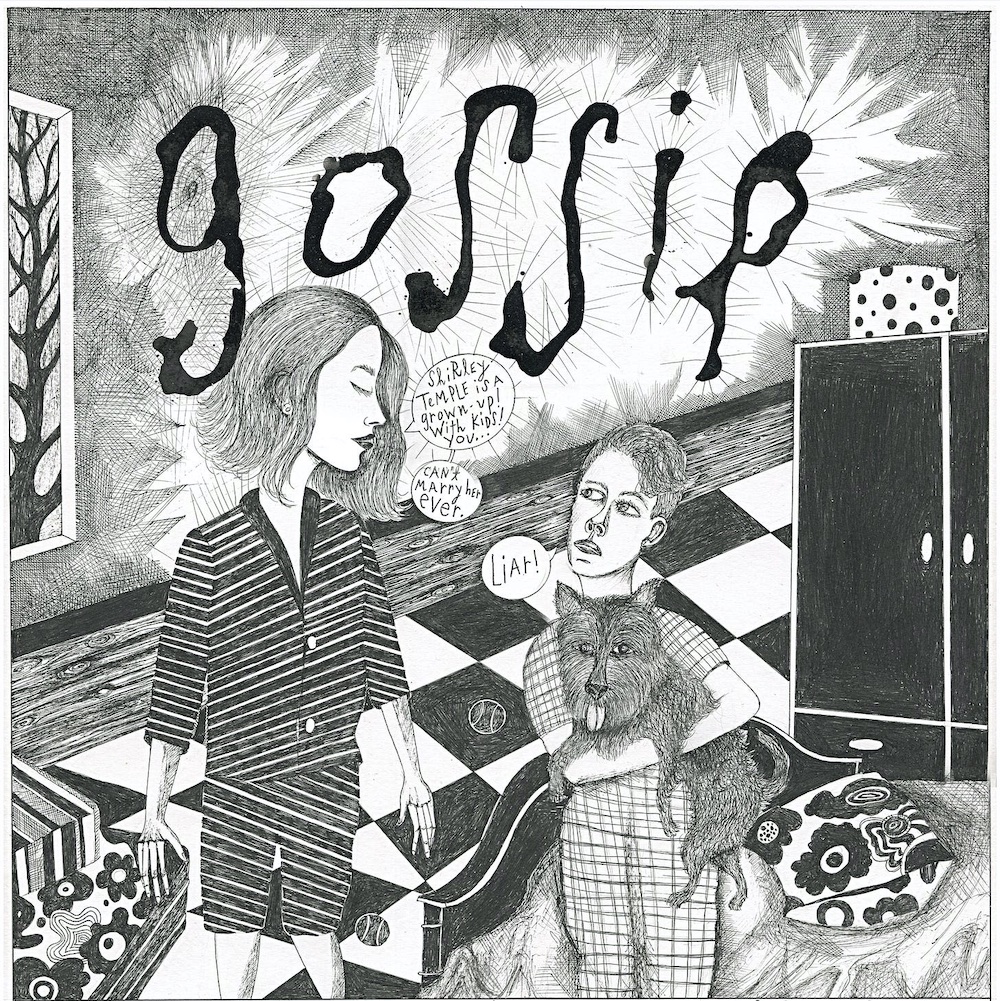
PHOENIX Arizona—(Hubris)—January 2024—As a little boy in Los Angeles in the 1960s, the music I listened to was The Doors, The Monkees, and Shirley Temple. The Doors made sense because they were from LA, so liking them was the same thing as liking The Dodgers. Besides that, they were dark and gothic, like a monster movie, which was my very own point of view. The Monkees also made sense because, as a child, I didn’t know the difference between a real band and a fake manufactured one.
They also had a television show, something The Doors didn’t have.
But Shirley Temple? Where did she come from? Because of Hollywood, Los Angeles had many local television stations, and they broadcast a lot of movies, which is how I discovered and became infected with “amour fou,” what the French call “mad love,” for Shirley Temple.
Then, a family friend who discovered my infatuation, gave me a double album vinyl LP of her songs for my birthday. Because I was a little boy, unaware that her films were old, since I was experiencing them in the present tense, I thought she was also a child. I was certain that, some day, we would have a chance meeting, and she would fall in love and marry me.
I simply swooned with this delusion. Most adults found this cute or charming, encouraging my misunderstanding; teaching me about the kiddie cocktail that bears her name, which I began to order when dining out.
My babysitter Jill, a lovely and matter-of-fact teenage girl, thought otherwise.
An even stranger aspect of this story is that all the time I was infatuated with Shirley Temple, I was simultaneously a classmate of a pretty little female TV star whom I regarded as just another kid.
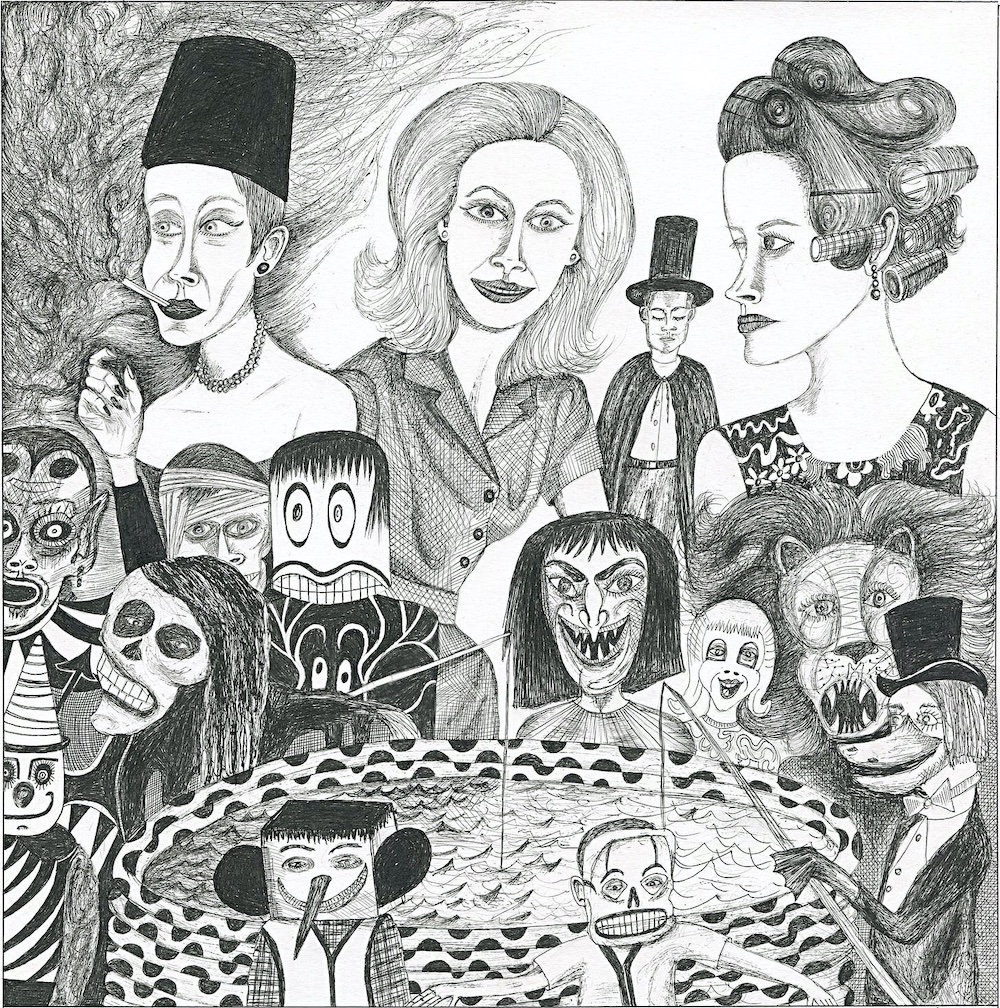
Perhaps this was because I knew her before she was famous, and that her fame didn’t seem to change her. The girl was Anissa Jones. She played “Buffy” on the popular television sit-com “Family Affair.” From kindergarten through the sixth grade, we were always in the same classroom at Paseo del Rey Elementary School. Once she landed the television gig, Anissa was absent from class for several months every school year, when the studio filmed the show. She returned to class for the remainder of the school year once the film was in the can.
I remember seeing other children teasing her, mostly older kids doing obnoxious things, pestering her for autographs in their notebooks.
She took it with a natural grace. Anissa was always kind to me and I found her to be quite likable. But I never had a crush on her like I did on Shirley Temple.
Every year, Paseo del Rey had a Halloween Carnival. During the “Family Affair” years, Anissa always wore the best costumes. She must have borrowed them from the television studio’s costume department.
One year, I overheard a group of moms standing around gossiping about Anissa and her costume in a catty and despicable fashion. These adult women were actually jealous of a child! Who were they?!? Wannabe Bond Girls? Shunned stage mothers? Honey West rejects toiling as cocktail waitresses at the Airport Marina Hotel? Losing contestants from Queen for a Day? Stand-ins who’d been stood up?
This was, after all, Los Angeles in the 60s.
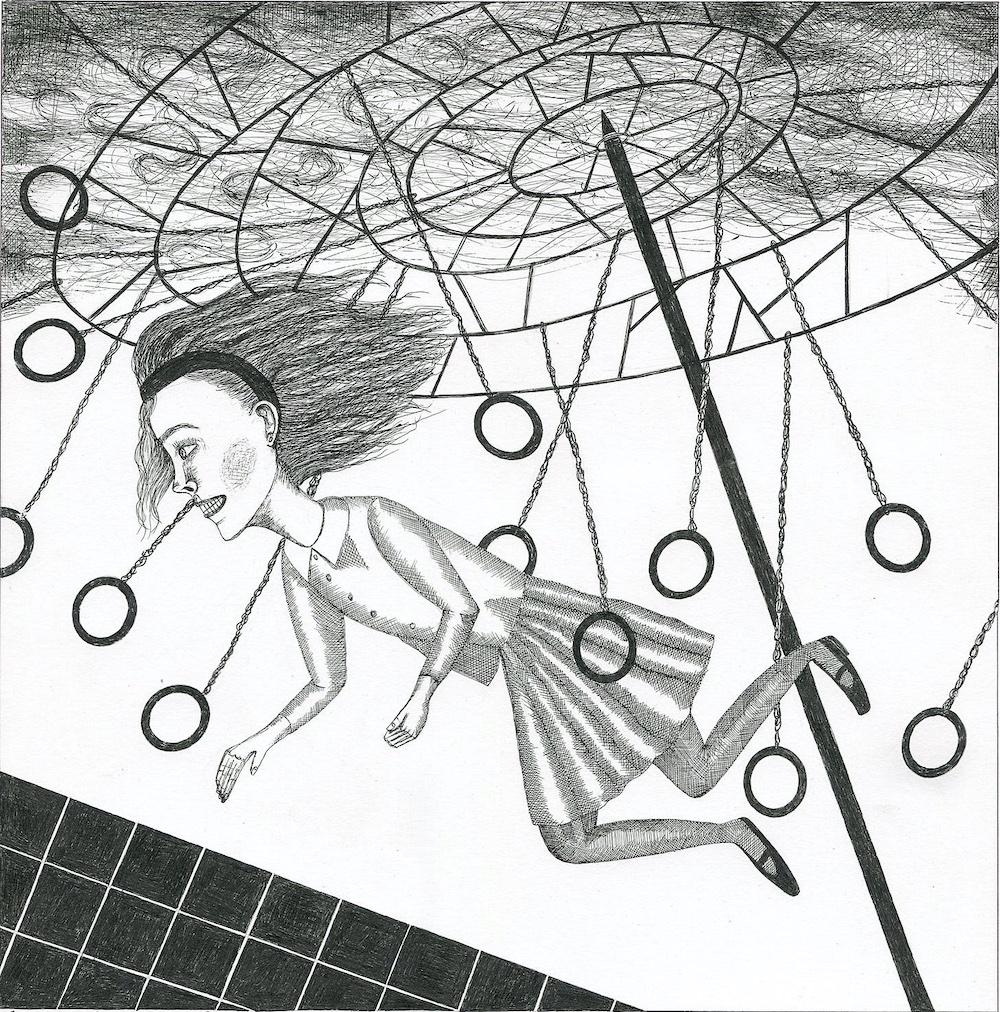
Out on the playground at Paseo del Rey, there was this monkey-bar kind of contraption known as The Rings. It was a steel wheel placed horizontally atop a steel pole, much like an upended axle with one wheel removed.
It resembled a medieval Catherine wheel that they used to tie prisoners on, leaving them elevated out in the sun for the birds to pick at. From each spoke of the wheel hung a steel chain with a steel ring dangling at the bottom.
These rings were high enough off the ground that a child had to jump up to get a hold of them, their feet suspended above the asphalt below. The game was to swing like a monkey in a tree from one ring to the next, hand over hand, going around the circle for as long as one could manage it.
For some reason, boys were utterly abysmal at this gymnastic game, while girls were quite talented at it. I remember girls who had rather large blisters on their palms from excessively playing the game.
Then, one day, Anissa Jones was sailing around The Rings at a pretty good clip when she missed the next one and went suddenly flying through space like she’d been shot from a circus cannon, clearing the rubber safety mat, landing hard on the asphalt, thereby breaking one of her legs. Since she had to wear a cast for many months, the writers of “Family Affair” were forced to find a way to fit her fracture into the story line of next season’s programing.
They set her misfortune at a baseball game. But I was on the real playground that day, and it was The Rings.
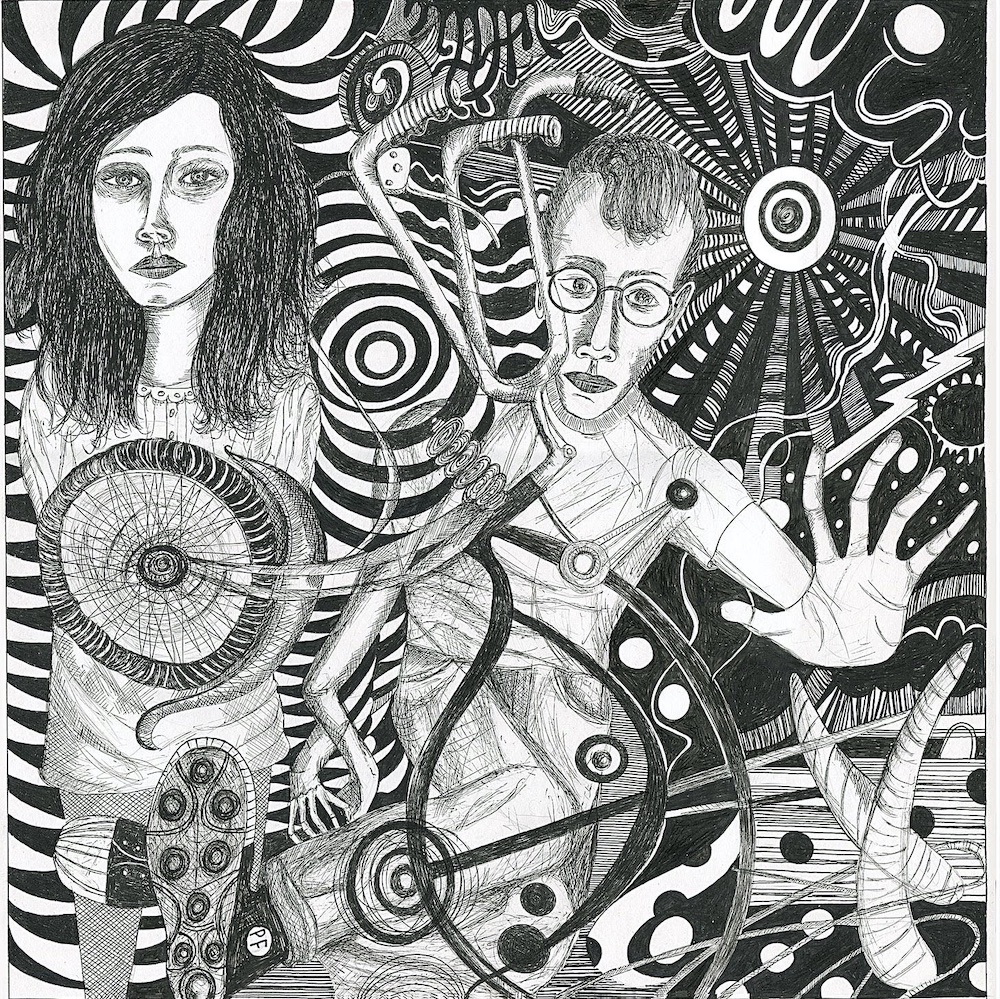
I spent the summer playing outside on my Sting-Ray and swimming at the beach with the Swim Club and my babysitter Jill. We had marvelous fun and then summer waned and ended. It was time to return to Paseo del Rey.
There were several teachers with legendary reputations who were to be avoided in the same sense that Hansel and Gretel should have kept out of that candied house, the worst of these being Miss Shrimpton. But things at school being the way they were, of course our grade was advancing into her classroom.
I refused to think about it. She didn’t care much for anyone other than certain girls she chose as pets. Actually, they chose each other, these few girls and Miss Shrimpton: swimming together with dreadful purpose, a Great White and her attendant remoras.
The rest of us were sea lions and only a few had a balancing ball with which to distract her with. Ten and eleven-year-olds were developing the nervous tics of stockbrokers during a depression.
We were perpetually spooked and this led to very poor decisions.
One day after school, another boy and I were taunted into a game of “Chicken” on our bicycles. Egged on by the playground mob, we performed the stunt. Riding straight at each other, at the highest speed our sneakers could muster, neither of us dodged the other, thereby calamitously crashing. The sound was a metallic one, followed by the hushed gasping of little girls who were watching.
Flying over the handlebars, for a single nanosecond, I beheld my massive stupidity for what it was.
Gliding above the ground, there was no past; no future, either. This euphoric lucidity was quickly obliterated by the pavement.
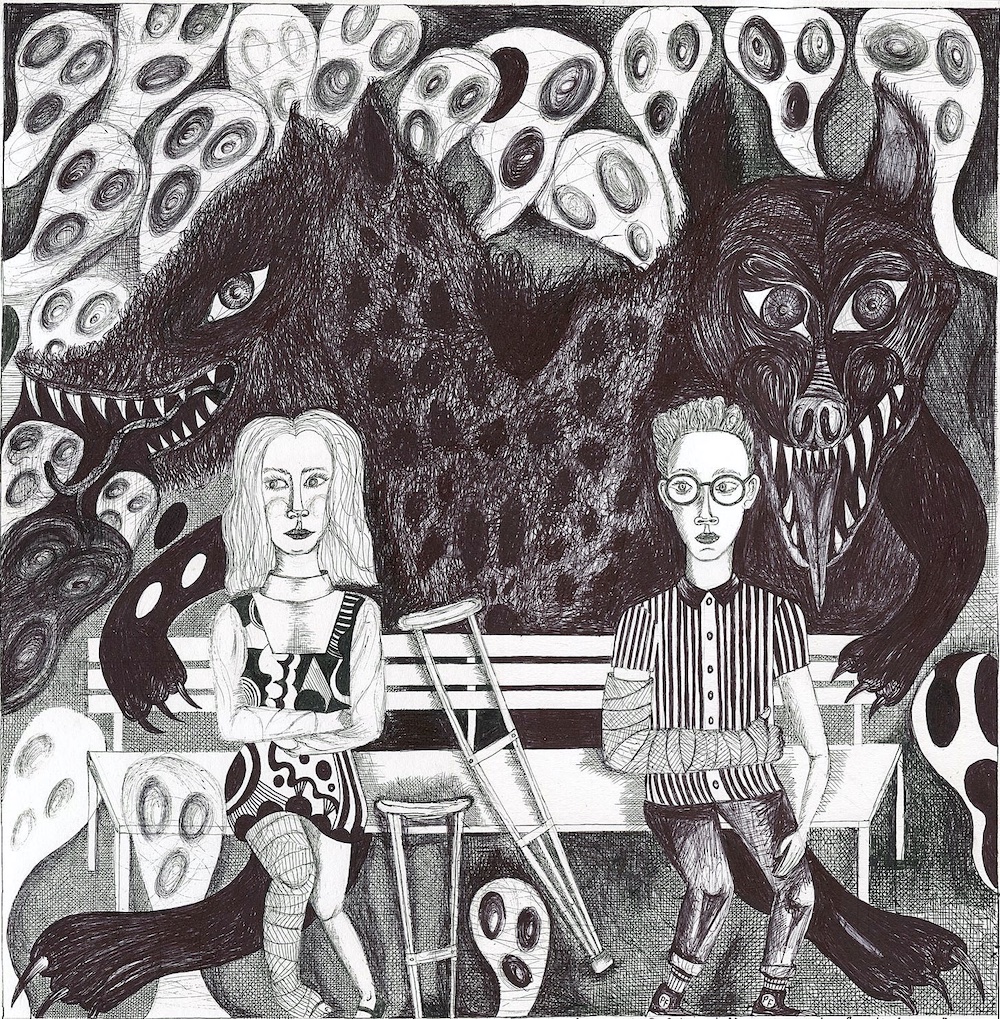
I hobbled home, my right arm dangling useless at strange and unusual angles. When Jill spied me, she freaked and drove me to the hospital in her beater VW Bug. I had succeeded in fracturing my right arm in several places.
My arm was set at a left angle with a plaster cast from my fingers to my shoulder, while my thumb was set so it was no longer opposable. Being right-handed, I could no longer write, so I had to do schoolwork left-handed, providing Miss Shrimpton with material for her continuous critique of my penmanship.
The orthopedic surgeon said I would be in casts for at least six months. He did change them when they got too smelly, as my arm withered from lack of use looking just like the Egyptian mummy I saw at the Los Angeles Museum of Natural History. That was a splendid freak-out extravaganza!
And obviously no swimming. Although I did consider drowning from time to time. Soon it was October, time for the Halloween Carnival again. Organized fun isn’t. Being unable to play the games or win the prizes, I found myself sideline-benched with Anissa, our infirmities our only costumes.
I suppose I could have been that mummy from Egypt if I had bothered to wrap up the rest of me. But it was too sad to do that, so I just sat there.
Anissa might have been a princess, like Elizabeth of Valois. But Infantas don’t need crutches, having servants to carry them above the dirty streets.
